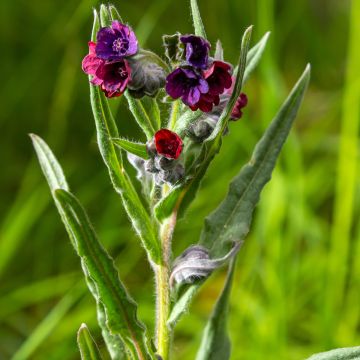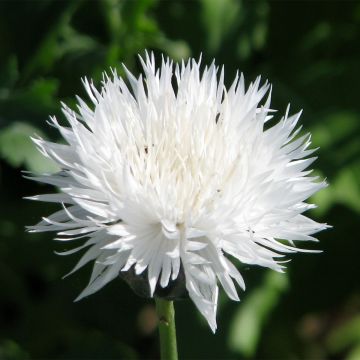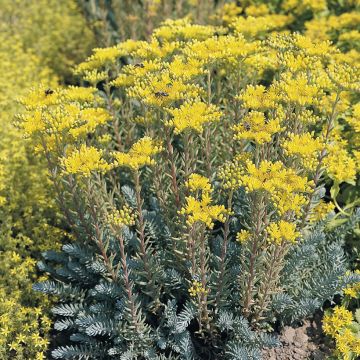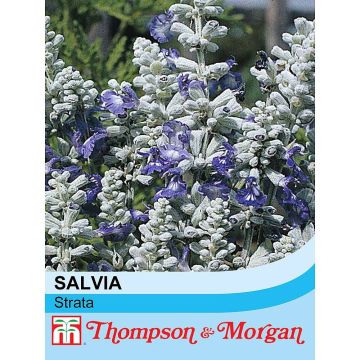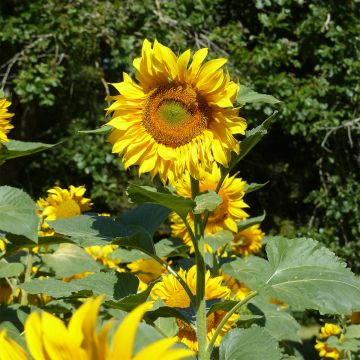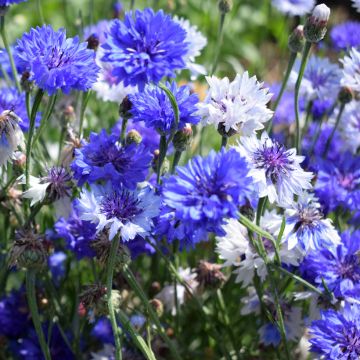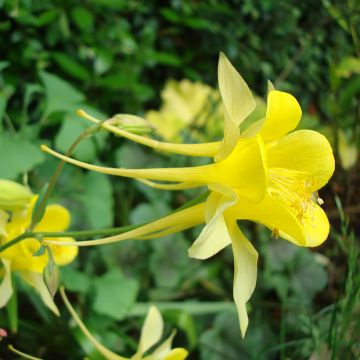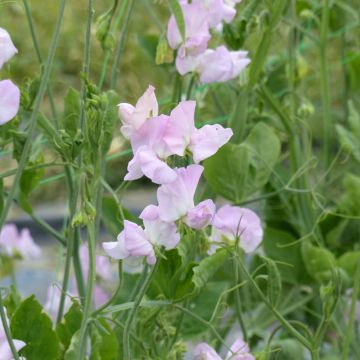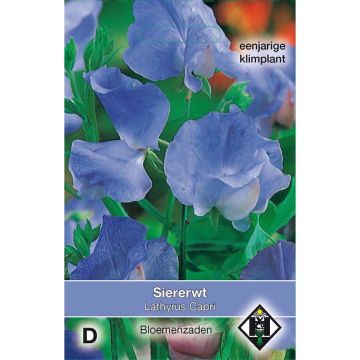

Paulownia tomentosa Seeds - Foxglove Tree
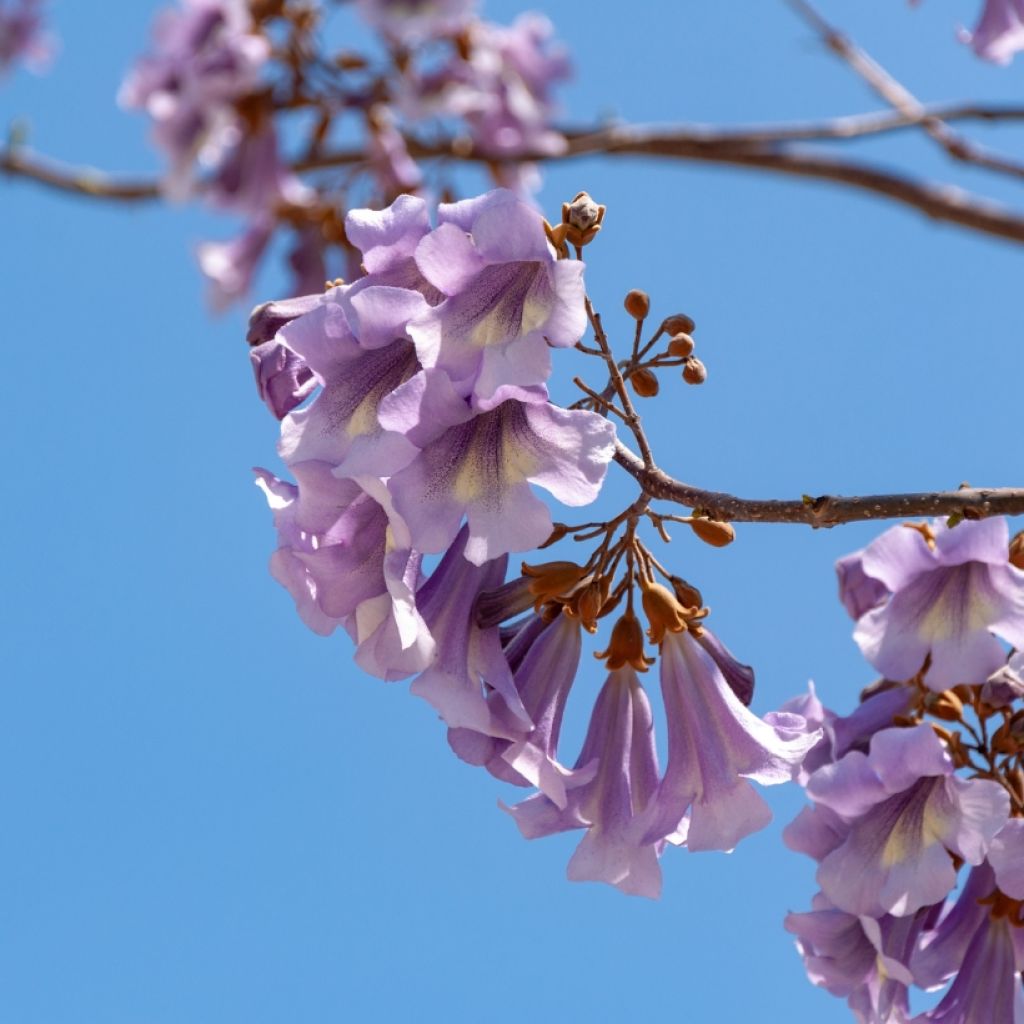

Paulownia tomentosa Seeds - Foxglove Tree
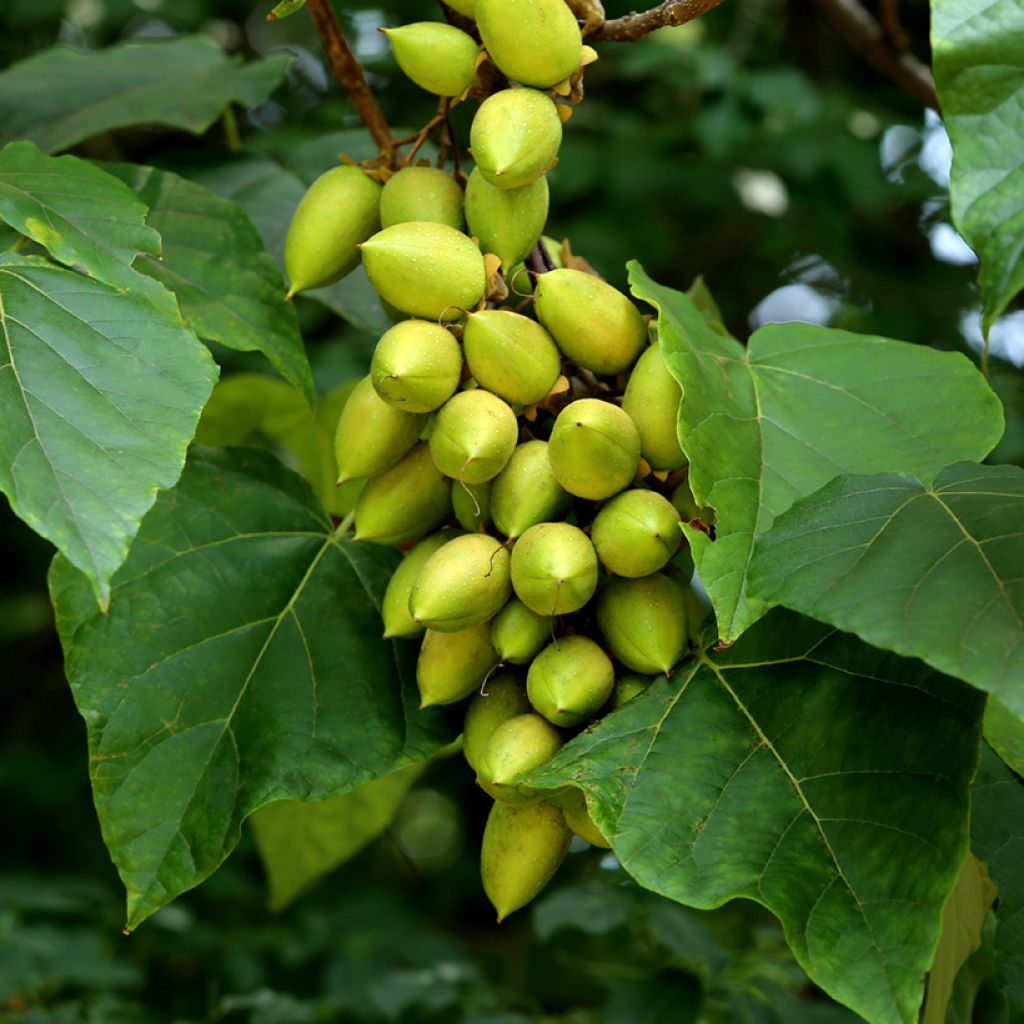

Paulownia tomentosa Seeds - Foxglove Tree
Paulownia tomentosa Seeds - Foxglove Tree
Paulownia tomentosa
Foxglove Tree, Princess Tree, Imperial Tree
Disappointed because no seed has sprouted!
Alain C., 21/07/2018
This plant carries a 6 months recovery warranty
More information
We guarantee the quality of our plants for a full growing cycle, and will replace at our expense any plant that fails to recover under normal climatic and planting conditions.
Seed-only orders are dispatched by sealed envelope. The delivery charge for seed-only orders is €3.90.
Delivery to Corse prohibited: UE law prohibits the import of this plant from mainland France to Corse as part of the fight against Xylella fastidiosa. Please accept our sincere apologies.
More information
Does this plant fit my garden?
Set up your Plantfit profile →
Description
Everything about the Paulownia tomentosa, also known as the Imperial Tree, is impressive and majestic. Its giant heart-shaped leaves, its rapid growth, and also its large clusters of mauve trumpet-shaped flowers with a violet scent that appear before the leaves. This large deciduous tree develops very dense foliage, above almost all black branches. If it is pruned back, it will produce stems of 3 m (9 ft 10 in) within the year, but will not flower. Very hardy, resistant to pollution, it tolerates almost all climates, and ordinary, deep soil, even clayey and chalky.
The Paulownia tomentosa is a large deciduous tree from the Scrophulariaceae family, native to China, Korea and Japan. It has a spreading habit and can grow up to 20 m (65 ft 7 in) high. In our climate, it will grow to 12 m (39 ft 5 in), with a spread of 10 m (32 ft 10 in). Its species name, tomentosa, comes from the fine down that covers its branches and the underside of its large leaves. They are heart-shaped, opposite, with long petioles, measuring from 20 to 30 cm (7.9 to 11.8 in) in length. Their colour is pale green. The tree produces its first flowering about eight years after sowing, on 2-year-old branches. It appears before the leaves bud, in April-May. The flowers are gathered in panicles of 20 to 30 cm (7.9 to 11.8 in) long. Their trumpet shape evokes those of the Catalpa or the foxglove. They are mauve with a white inside and give off a sweet violet scent. The flowering is followed by the formation of solid, oval-shaped and pointed catkins, remaining in winter, and measuring up to 5 cm (2 in) long.
The Paulownia is a superb ornamental tree that is ideal for large gardens, planted in rows or as a standalone plant. In a very cold climate, it can also be treated as a coppice, cutting back the tree each year at the end of winter. In this case, it will regrow from the base and form 3 m (9 ft 10 in) stems covered with immense 60 cm (23.6 in) long leaves within the year, without producing flowers. Its roots are not dangerous for foundations, so they can be considered for planting not far from terraces and boundary walls.
Report an error about the product description
Paulownia tomentosa Seeds - Foxglove Tree in pictures


Flowering
Foliage
Plant habit
Botanical data
Paulownia
tomentosa
Scophulariaceae
Foxglove Tree, Princess Tree, Imperial Tree
China
Other Thompson and Morgan seeds
Planting and care
You can sow paulownia seeds at any time of the year. To do this, use trays, pots, or other containers with special sowing soil. Ensure the soil is well-drained and put it in a propagator or warm area that keeps the temperature between 18-20°C. Lightly cover the seeds when sowing, and keep everything in the light. Germination usually takes between 21 and 60 days.
When the seedlings are large enough to handle, transplant them into 8 cm (3.1 in) pots. Grow the young plants under a cold frame and put them outside the following spring in full sun. Space them 30 cm (11.8 in) apart.
Paulownia tomentosa is a tree that requires little care. It's easy to cultivate, even in climates with dry and hot summers. The tree prefers deep soil to find coolness and tolerates city pollution well. It grows best in clear locations and prefers the sun to spread its branches.
Sowing period
Intended location
-
, onOrder confirmed
Reply from on Promesse de fleurs
Flower seeds
Haven't found what you were looking for?
Hardiness is the lowest winter temperature a plant can endure without suffering serious damage or even dying. However, hardiness is affected by location (a sheltered area, such as a patio), protection (winter cover) and soil type (hardiness is improved by well-drained soil).

Photo Sharing Terms & Conditions
In order to encourage gardeners to interact and share their experiences, Promesse de fleurs offers various media enabling content to be uploaded onto its Site - in particular via the ‘Photo sharing’ module.
The User agrees to refrain from:
- Posting any content that is illegal, prejudicial, insulting, racist, inciteful to hatred, revisionist, contrary to public decency, that infringes on privacy or on the privacy rights of third parties, in particular the publicity rights of persons and goods, intellectual property rights, or the right to privacy.
- Submitting content on behalf of a third party;
- Impersonate the identity of a third party and/or publish any personal information about a third party;
In general, the User undertakes to refrain from any unethical behaviour.
All Content (in particular text, comments, files, images, photos, videos, creative works, etc.), which may be subject to property or intellectual property rights, image or other private rights, shall remain the property of the User, subject to the limited rights granted by the terms of the licence granted by Promesse de fleurs as stated below. Users are at liberty to publish or not to publish such Content on the Site, notably via the ‘Photo Sharing’ facility, and accept that this Content shall be made public and freely accessible, notably on the Internet.
Users further acknowledge, undertake to have ,and guarantee that they hold all necessary rights and permissions to publish such material on the Site, in particular with regard to the legislation in force pertaining to any privacy, property, intellectual property, image, or contractual rights, or rights of any other nature. By publishing such Content on the Site, Users acknowledge accepting full liability as publishers of the Content within the meaning of the law, and grant Promesse de fleurs, free of charge, an inclusive, worldwide licence for the said Content for the entire duration of its publication, including all reproduction, representation, up/downloading, displaying, performing, transmission, and storage rights.
Users also grant permission for their name to be linked to the Content and accept that this link may not always be made available.
By engaging in posting material, Users consent to their Content becoming automatically accessible on the Internet, in particular on other sites and/or blogs and/or web pages of the Promesse de fleurs site, including in particular social pages and the Promesse de fleurs catalogue.
Users may secure the removal of entrusted content free of charge by issuing a simple request via our contact form.
The flowering period indicated on our website applies to countries and regions located in USDA zone 8 (France, the United Kingdom, Ireland, the Netherlands, etc.)
It will vary according to where you live:
- In zones 9 to 10 (Italy, Spain, Greece, etc.), flowering will occur about 2 to 4 weeks earlier.
- In zones 6 to 7 (Germany, Poland, Slovenia, and lower mountainous regions), flowering will be delayed by 2 to 3 weeks.
- In zone 5 (Central Europe, Scandinavia), blooming will be delayed by 3 to 5 weeks.
In temperate climates, pruning of spring-flowering shrubs (forsythia, spireas, etc.) should be done just after flowering.
Pruning of summer-flowering shrubs (Indian Lilac, Perovskia, etc.) can be done in winter or spring.
In cold regions as well as with frost-sensitive plants, avoid pruning too early when severe frosts may still occur.
The planting period indicated on our website applies to countries and regions located in USDA zone 8 (France, United Kingdom, Ireland, Netherlands).
It will vary according to where you live:
- In Mediterranean zones (Marseille, Madrid, Milan, etc.), autumn and winter are the best planting periods.
- In continental zones (Strasbourg, Munich, Vienna, etc.), delay planting by 2 to 3 weeks in spring and bring it forward by 2 to 4 weeks in autumn.
- In mountainous regions (the Alps, Pyrenees, Carpathians, etc.), it is best to plant in late spring (May-June) or late summer (August-September).
The harvesting period indicated on our website applies to countries and regions in USDA zone 8 (France, England, Ireland, the Netherlands).
In colder areas (Scandinavia, Poland, Austria...) fruit and vegetable harvests are likely to be delayed by 3-4 weeks.
In warmer areas (Italy, Spain, Greece, etc.), harvesting will probably take place earlier, depending on weather conditions.
The sowing periods indicated on our website apply to countries and regions within USDA Zone 8 (France, UK, Ireland, Netherlands).
In colder areas (Scandinavia, Poland, Austria...), delay any outdoor sowing by 3-4 weeks, or sow under glass.
In warmer climes (Italy, Spain, Greece, etc.), bring outdoor sowing forward by a few weeks.


































